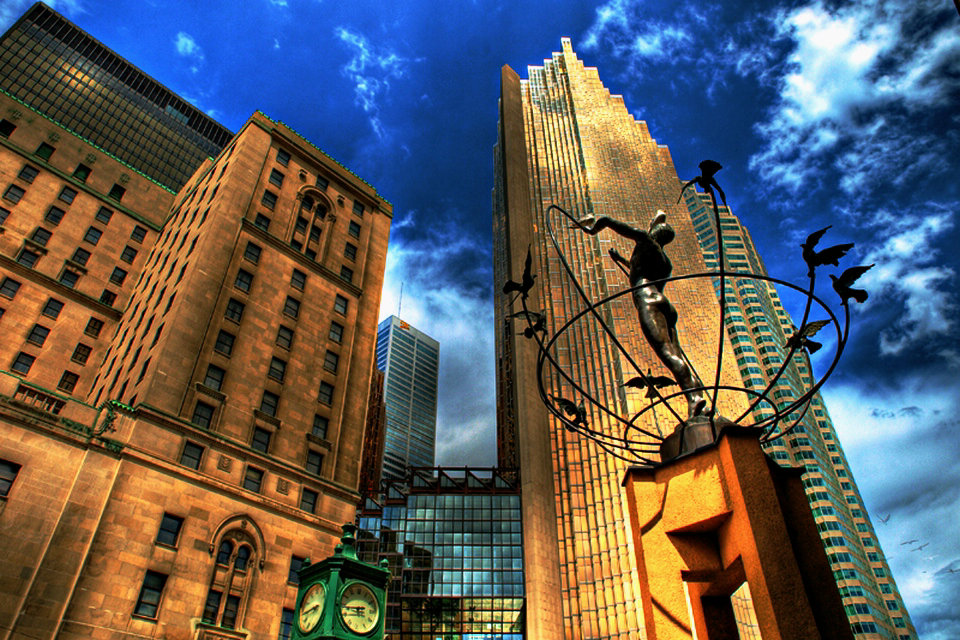

Multicultural art concentrates on pieces of creativity that have an essence of a certain cultural theme. Kristen Ali Eglinton, in her 2003 book Art in the Early Years, defined multicultural art as “the study of artistic and aesthetic endeavors of the people and cultures that form the non-Western world”.
Multicultural art revolves around dance, music, graffiti and many other mediums of many cultures and races who express passion for the city life. Cultures inspire many people on a global level to send political, positive and unique messages to the public in an artistic and creative way.
Multiculturalism:
Multiculturalism is a term with a range of meanings in the contexts of sociology, political philosophy, and in colloquial use. In sociology and everyday usage, it is a synonym for “ethnic pluralism” with the two terms often used interchangeably, for example a cultural pluralism in which various ethnic groups collaborate and enter into a dialogue with one another without having to sacrifice their particular identities. It can describe a mixed ethnic community area where multiple cultural traditions exist, or a single country within which they do. Groups associated with an aboriginal ethnic group and foreigner ethnic groups are often the focus.
Multiculturalism as a political philosophy involves ideologies and policies which vary widely, ranging from the advocacy of equal respect to the various cultures in a society, to policies of promoting the maintenance of cultural diversity, to policies in which people of various ethnic. Multiculturalism that promotes maintaining the distinctiveness of multiple cultures is often contrasted to other settlement policies such as social integration, cultural assimilation and racial segregation. Multiculturalism has been described as a “salad bowl” and “cultural mosaic”.
Two different and seemingly inconsistent strategies have developed through different government policies and strategies. The first focuses on interaction and communication between different cultures; this approach is also often known as interculturalism. The second centers on diversity and cultural uniqueness which can sometimes result in intercultural competition over jobs among other things and may lead to ethnic conflict. Controversy surrounding the issue of cultural isolation includes the ghettoization of a culture within a nation and the protection of the cultural attributes of an area or nation. Proponents of government policies often claim that artificial, government guided protections also contribute to global cultural diversity. The second approach to multiculturalist policy making maintains that they avoid presenting any specific ethnic or cultural community values as central.
Multicultural art:
Multicultural art projects representing cultures from all around the world, art educators practice liberal multiculturalism with projects such as Native American headdresses and dream catchers, African masks, African drums, Alaskan totem poles, Mexican ponchos, Japanese fans, and sand paintings, to name a few. With artmaking, it can be easy to fall into the trap of “celebrating differences” while simultaneously perpetuating racism and misinforming learners about those outside of the dominant group.
Liberal multiculturalism fails to recognize and critique unequal power relations that underpin inequity. Additionally, liberal multiculturalism essentializes culture, meaning that is turns complex and dynamic cultural practices into a static “thing.” While liberal multicultural art education may recruit diverse people and introduce different curricula, it steadily maintains the normative culture versus subcultures paradigm”. There are many critical issues to consider and reflect upon as one reimagines multiculturalism in art and in the art education classroom.
Multiculturalism in art education, depoliticized curriculum with good intentions, but it is not what multicultural art education should look like in the 21st century. Contemporarily, multiculturalism in the art classroom should critique power. Visual imagery and cultural representation can produce dominant narratives, and thus play a critical role in sending messages from the point of view of dominant social groups about the world and the people who inhabit it. Therefore, it is imperative that art educators not passively interact with visual imagery because the consequence is the passive acceptance of messages that the images disseminate.